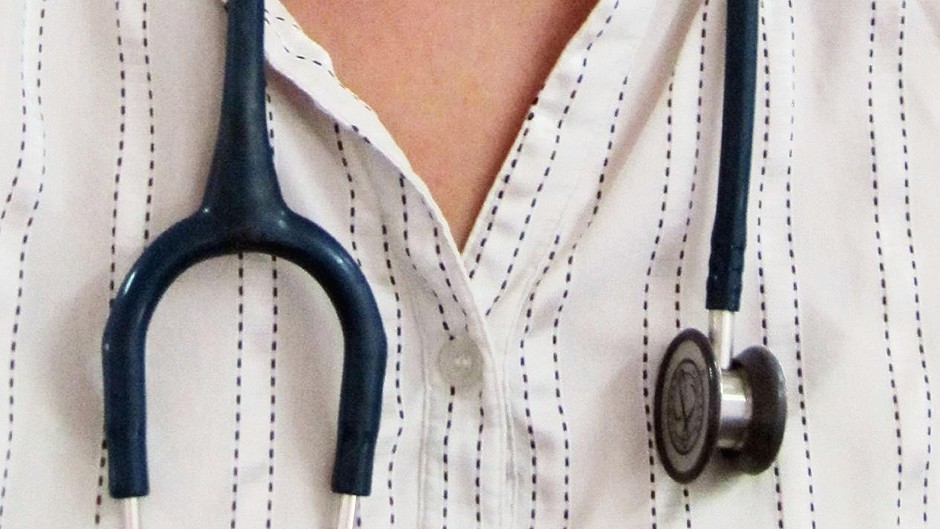A Highland GP has claimed the only way to ensure the NHS is kept in public hands and protected from market forces is to vote for independence tomorrow.
Dr Neil Arnott, who works at Fort William Health Centre, said he had no doubt that the healthcare privatisation agenda south of the border would have an impact on funding in Scotland.
Unionist parties insist that Yes campaigners have been scaremongering over the future of the NHS because health is a fully devolved issue under the control of the Scottish Government.
Scottish Labour leader Johann Lamont said: “The SNP have deliberately misled the public on the NHS and preyed on the fears of the most vulnerable people in our communities to bully them into voting for separation.”
But Dr Arnott, 45, said the privatisation of healthcare would lead to a two-tier system, poorer outcomes and wasteful expense.
“The NHS in England will become largely a privatised health care system, it is well underway already,” added the married father of two.
“Privatisation will detrimentally affect the Barnett formula block funding allocation to Scotland as NHS England public funding is driven down by price competitive tendering and user co-payments.”
Dr Arnott said the UK would be drawn into the Transatlantic Trade and Investment Partnership between America and Europe because there were “huge” shareholder profits to be made.
“The Scottish government of the day will need to substantially ration health care, shift money from elsewhere in the block grant and use price competitive tendering to drive down health care costs,” he added.
“If the latter happens, Scotland will not be able to withstand, under free trade regulations, the permanent incursion of multinational or US based private health care companies.”
Dr Arnott, who has worked in Fort William for 14 years, said the only way to protect the health service was to enshrine a publicly funded NHS in a independent Scottish constitution.
He said it should state that the NHS would meet the needs of everyone, be free at the point of delivery and based on clinical need, not ability to pay.
Dr Arnott said: “The most likely way to allow NHS Scotland to rise to its potential is to keep it in public hands and take back control into our own hands.”
